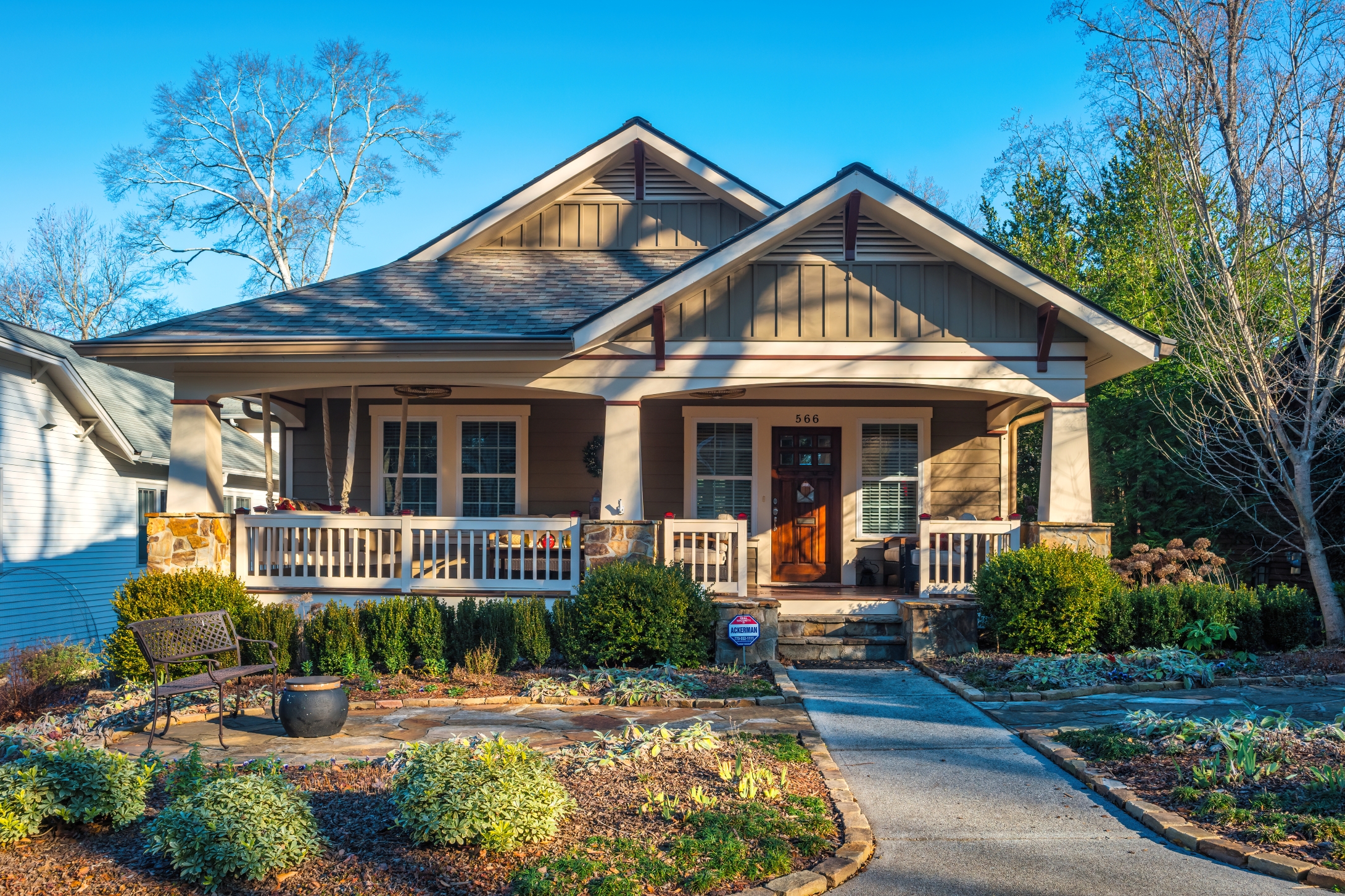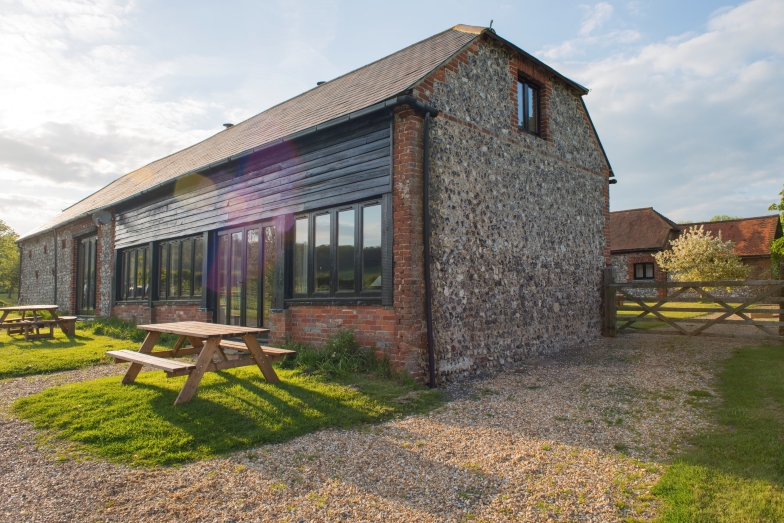When interest rates rise, affordability becomes a major concern for borrowers. One strategy that gained popularity in recent years is the temporary buydown (TBD)—a financing tool that lowers the borrower’s initial monthly payments for a set period. While this approach can help ease payment shock early on, it’s not without risks. As a lender, understanding these risks—and educating your customers—is critical to maintaining trust and long-term financial stability.
Mary Kay Scully, Director of Customer Education at Enact, dives into temporary buydowns and how to best leverage this tool for your customers. Here’s what you’ll need to know to educate your borrowers about what to expect.
What is a temporary buydown?
A temporary buydown is a mortgage feature where an upfront lump sum—often funded by the seller, builder, or lender—is applied to reduce the borrower’s interest rate, and thus their monthly payment, for the first one to three years of the loan.
Typical TBD Terms:
- 3-2-1 buydown: Rate is reduced by 3% in year one, 2% in year two, and 1% in year three.
- 2-1 buydown: Rate is reduced by 2% in year one and 1% in year two.
Example:
If the note rate is 6%, a 3-2-1 buydown would mean:
- Year 1: 3%
- Year 2: 4%
- Year 3: 5%
- Year 4+
This structure can make homeownership more attainable in the short term, but it’s essential to remember: the note rate never changes. Once the buydown period ends, the borrower’s payment will increase to reflect the original interest rate. For those borrowers choosing this mortgage strategy and planning to refinance their loan when interest rates lower, there is no guarantee that they’ll see a lower interest rate before the buydown period is over. It’s an inherent risk that borrowers may not realize could exist.
Why choose a temporary buydown?
Temporary buydowns can be a good fit for borrowers who:
- Plan to live in their home for only a few years
- Need additional cash flow in the early years of the mortgage
- Expect higher income within the first few years
- Prefer lower initial payments with predictable increases
For lenders, offering TBDs can help close deals in a high-rate environment, but it’s crucial to ensure borrowers understand the structure and future payment obligations. Not disclosing risks or preparing your borrowers in the event interest rates don’t decline may hinder or cause distrust in your customer relationships – future return business may not be an option.
How do temporary buydowns work?
At closing, a lump sum (the subsidy) is deposited into an account managed by the lender. This account is drawn upon monthly to subsidize the borrower’s reduced payments during the buydown period.
Who can fund the subsidy account?
- Seller or builder
- Lender
- Borrower
- Down Payment Assistance (DPA) programs
- Other interested parties
The amount of the subsidy is subject to Interested Party Contributions (IPC) maximums (e.g., 3% for LTVs >90%). Lenders must ensure compliance with these limits. You should refer to GSE requirements and always check the Fannie Mae and Freddie Mac guides for more information.
Qualifying for a loan with a temporary buydown
Borrowers must qualify at the actual note rate, not the bought-down rate. This ensures they can afford the payment once the buydown period ends.
This is similar to adjustable-rate mortgages (ARMs)—borrowers can no longer qualify at the bought-down rate. Lenders must remember the “Ability to Repay” rule and ensure borrowers are prepared for future payment increases.
How does Enact price loans with TBDs?
- If the initial fixed period is >5 years, the loan is priced as fixed.
- If the initial fixed period is <5 years, the loan is priced as non-fixed.
An exploration of an example 2-1 temporary buydown
Let’s look at a $350,000 loan with a note rate of 5.5%:
Total buydown cost: $7,560 (2.16% of loan amount).
- Year 1: The borrower enjoys the largest savings. Their payment is based on 3.5%, which is $416.50 less than the note rate payment. This difference is covered by the subsidy account.
- Year 2: The rate increases to 4.5%, reducing the subsidy to $213.50 per month.
- Year 3 onward: The buydown period ends, and the borrower pays the full note rate of 5.5%, which equals $1,988 monthly.
For this example, you need to remember and be mindful of the following about buydowns:
- The subsidy is typically funded upfront by the seller, builder, lender, or other interested parties.
- The borrower must qualify at the note rate (5.5%), not the reduced rates.
- After two years, the payment jumps by $416.50 compared to Year 1—a significant increase that borrowers must plan for.
Risks of temporary buydowns in a high-rate environment
1. Payment Shock
Borrowers may experience significant payment increases when the buydown period ends. If they’re not prepared, this can lead to financial stress or even default.
2. Qualification Standard
Since qualification is based on the note rate, borrowers must have the income and financial stability to handle future payments.
3. Funding and Compliance
Lenders must ensure subsidy accounts are properly funded and comply with IPC limits. Missteps can lead to regulatory issues.
4. Borrower Expectations
Some borrowers may expect to refinance before the buydown ends, but if rates remain high, refinancing may not be beneficial.
The importance of educating borrowers on TBDs
Lenders play a critical role in helping borrowers understand:
- The structure of temporary buydowns
- The timeline and amount of future payment increases
- The need to budget for higher payments after the buydown period
- The risks of relying on future refinancing
Clear, transparent communication builds trust and helps borrowers make informed decisions. Use visual aids, payment scenarios, and plain language to ensure understanding.
More ways we at Enact can help
Temporary buydowns can be a valuable tool in a high-rate marketplace, but they require careful consideration and clear borrower education. By understanding the mechanics, risks, and compliance requirements, lenders can help borrowers navigate today’s mortgage landscape with confidence.
Enact offers a suite of tools—including Rate Express®, Underwriting Resources, and training resources to help you along the mortgage origination journey.
Source: Mary Kay Scully is the Director of Customer Education at Enact Mortgage Insurance with over 30 years of industry experience. She trains over 35,000 mortgage professionals annually on topics including tax return review, fraud detection, process improvements, and compliance.
The statements in this article are solely the opinions of Mary Kay Scully and do not necessarily reflect the views of Enact or its management.
Never miss a post by subscribing to the Enact MI Blog! We’ll send you our most up-to-date topics right into your inbox.









